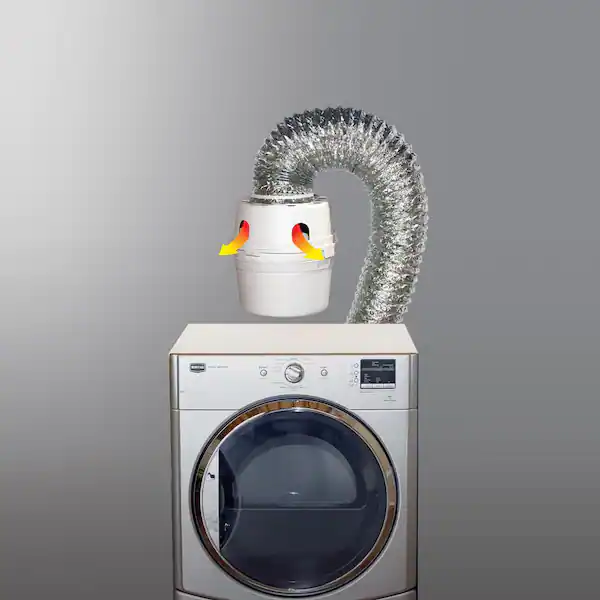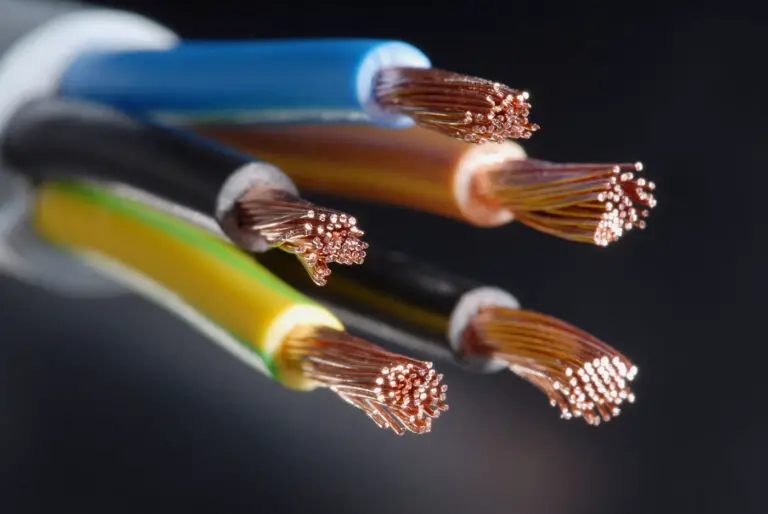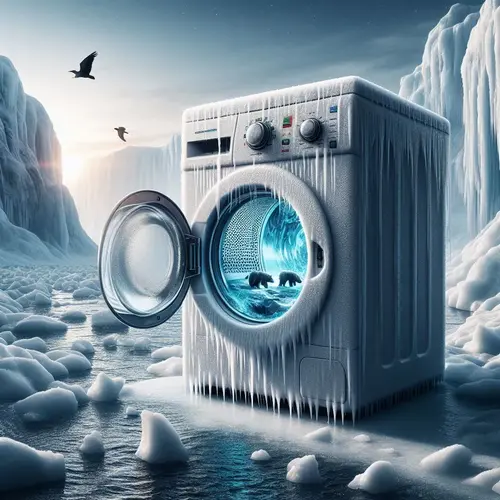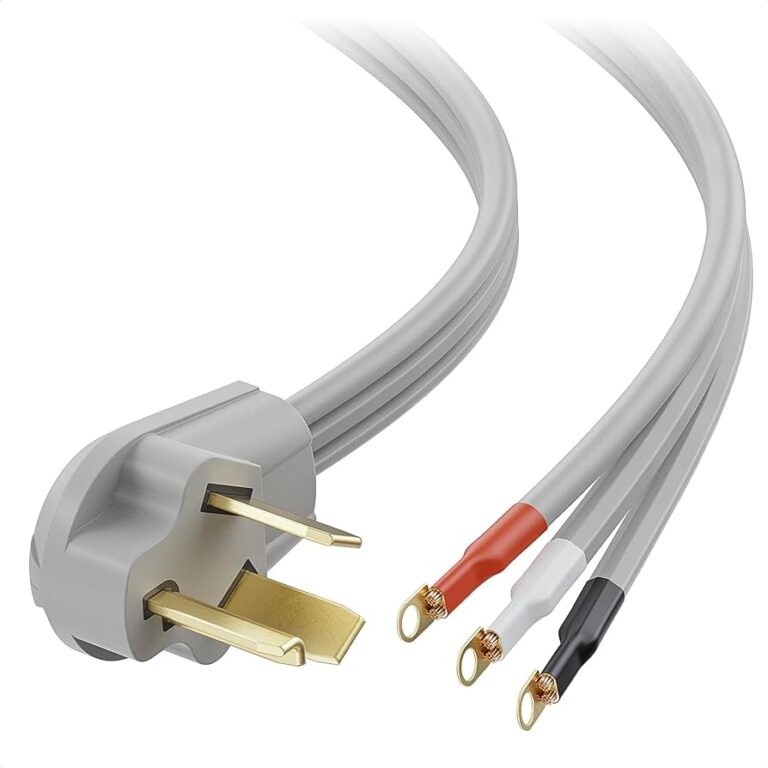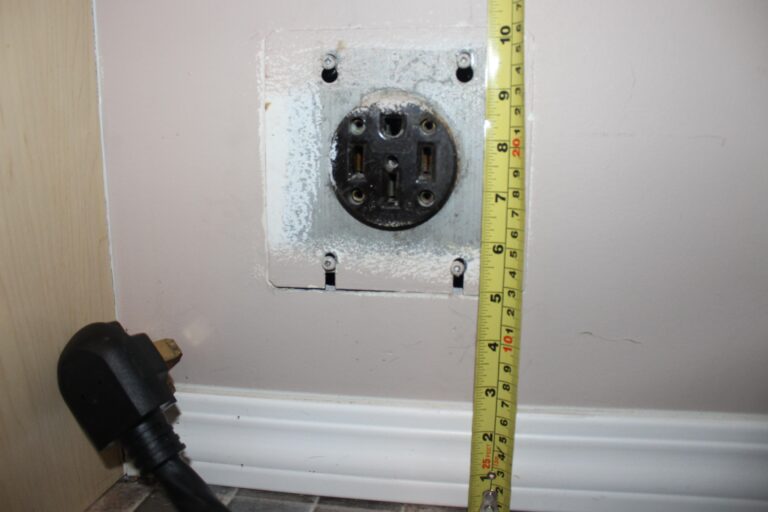How to Vent a Dryer Without a Vent to Outside?
When it comes to doing laundry, having a functional dryer is essential. However, not all homes are equipped with a vent leading outside for dryer exhaust. This can be a challenge for many homeowners, but fear not there are alternative solutions to vent a dryer without the need for an external vent. In this comprehensive guide, we will explore various methods and tips on how to vent a dryer without a vent to outside. Say goodbye to damp, musty clothes and hello to dry, fresh laundry!
What is the purpose of a dryer vent?
The purpose of a dryer vent is to safely remove hot, moist air and lint produced by a clothes dryer from the interior of a building to the outside environment.
What is indoor dryer venting?
Indoor dryer venting is a method used to capture and redirect the hot, moist air produced by a clothes dryer back into the interior of a home rather than expelling it outside. This approach is typically employed in situations where installing an external vent for the dryer is not feasible or convenient.
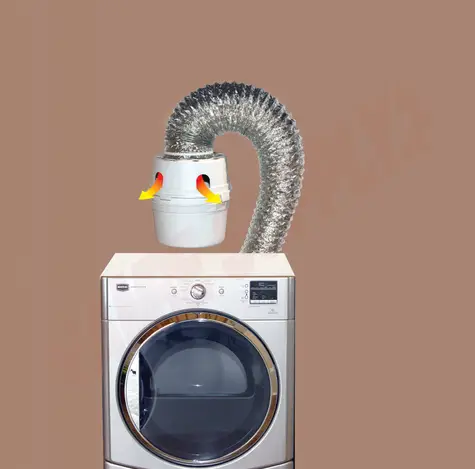
Why Some Homes Lack External Dryer Vents?
Older homes were not designed with laundry rooms in mind, making it challenging to create an external vent. Moreover, apartments and condos may not have the infrastructure for an external vent. These limitations necessitate alternative approaches to dryer venting.
Can you vent a dryer without an external vent?
Yes, you can vent a dryer without an external vent by using alternative methods such as indoor venting, venting through a window, or utilizing a ventless dryer.
What does “venting a dryer without a vent to outside” mean?
Venting a dryer without a vent to the outside means finding a way to safely redirect the hot, moist air produced by a clothes dryer when there is no access to an external vent or duct system. This process involves using alternative methods or systems to manage the dryer’s exhaust indoors, ensuring that it doesn’t accumulate moisture or lint within the living space.
How to Vent a Dryer Without a Vent to Outside?
If you find yourself in a situation where you don’t have access to an external vent for your dryer, don’t worry; there are alternative methods to effectively vent your dryer indoors.
Steps to Venting Your Dryer Without an External Vent
Follow these steps to ensure your dryer works efficiently without an external vent:
Step 1: Gather Your Supplies
Before you begin, make sure you have the necessary supplies, including an indoor venting kit, a vent hose, a screwdriver, and a measuring tape.
Step 2: Choose a Location
Select an appropriate location for your indoor venting system. Ideally, it should be near your dryer and have access to an electrical outlet.
Step 3: Install the Indoor Venting Kit
Follow the manufacturer’s instructions to install the indoor venting kit. This kit typically consists of a lint trap, a hose, and connectors. Use the screwdriver to secure the components in place.
Step 4: Connect the Vent Hose
Attach one end of the vent hose to the back of your dryer and the other end to the indoor venting kit. Ensure a secure connection to prevent leaks.
Step 5: Position the Lint Trap
Place the lint trap near the dryer to capture lint and debris. Empty it regularly to maintain proper airflow.
Step 6: Plug in Your Dryer
Connect your dryer to the electrical outlet and ensure it’s properly grounded.
Step 7: Test the System
Before running a full load, turn on your dryer and let it run for a few minutes to ensure that the indoor venting system is working correctly.
Step 8: Regular Maintenance
To maintain efficiency and safety, clean the lint trap and vent hose regularly. Empty the lint trap after each use and inspect the vent hose for any blockages.
By following these steps, you can effectively vent your dryer indoors without the need for an external vent. This method allows you to enjoy the convenience of a dryer even in homes without dedicated venting options.
how to vent a dryer in the middle of the house?
Venting a dryer in the middle of a house can be challenging, but it’s possible with the right approach. Here’s a step-by-step guide on how to vent a dryer in the middle of the house:
- Assess the Location: Start by identifying the most suitable location within your home’s interior to install the dryer. Look for a spot that provides easy access to both the dryer and the venting area. Ensure there is sufficient space for the installation.
- Gather Materials: Collect all the necessary materials and tools for the installation. You’ll need a venting kit, flexible vent hose, a vent cap, a vent pipe, a screwdriver, measuring tape, and a saw.
- Choose a Vent Route: Determine the path the venting will take from the dryer to an exterior wall. Keep the vent hose as straight and short as possible to maintain proper airflow. Plan a route that avoids obstacles and minimizes bends in the hose.
- Create a Vent Hole: Carefully select a location on an exterior wall where the vent can exit the house. Use the vent cap to mark the position and then cut a hole in the wall using the saw. Ensure the hole is the appropriate size to accommodate the vent pipe.
- Install the Vent Pipe: Insert the vent pipe through the hole from the inside of the house, extending it to the exterior. Secure it in place using screws or brackets, ensuring a snug fit. rEAD Can You Use PVC For Dryer Vent guide.
- Connect the Vent Hose: Attach one end of the flexible vent hose to the dryer’s exhaust port. Use clamps to secure it tightly. Run the hose along the predetermined route, ensuring it’s well-supported and not kinked.
- Connect to the Vent Pipe: At the exterior wall, connect the other end of the vent hose to the vent pipe. Again, use clamps to secure the connection. Seal any gaps with duct tape or a compatible sealant to prevent air leaks.
- Install the Vent Cap: Place the vent cap over the exterior end of the vent pipe. Secure it in place to prevent pests and debris from entering the vent.
- Test the System: Before using your dryer, turn it on briefly to ensure the airflow is strong, and there are no leaks in the venting system. Check for any unusual noises or vibrations.
- Regular Maintenance: To maintain optimal performance, periodically inspect and clean both the lint trap inside the dryer and the vent hose. Remove any lint buildup to prevent blockages.
Venting a dryer in the middle of the house may require some planning and installation effort, but it’s essential for safety and efficient operation. By following these steps, you can successfully vent your dryer without the need for an external wall or vent.

what are the Venting Options?
When it comes to venting a dryer, the traditional method involves an external vent that expels hot, moist air outside. However, there are alternative solutions for venting a dryer, especially in situations where an external vent is not feasible. Here are some dryer vent alternatives:
Indoor Venting
Indoor venting is one of the most popular solutions for homes without an external dryer vent. This method involves using an indoor dryer vent kit, which captures the moist air and redirects it safely indoors. It’s an efficient and convenient way to keep your laundry area dry.
Venting Through a Window
If you have a nearby window, you can utilize a window venting kit to redirect the dryer exhaust outside through the window. This is an excellent option for those who want to avoid excess moisture indoors.
Venting Into a Drop Ceiling
For those with a drop ceiling in their laundry area, you can create a discreet venting solution by routing the dryer exhaust into the space above the ceiling. Ensure proper ventilation in the ceiling area to prevent moisture buildup.
Ventless Dryers
Investing in a ventless dryer is another viable option. These dryers are designed to condense the moisture from your clothes into water, which can be collected in a reservoir or drained away. Ventless dryers are ideal for homes without external venting options.
what are the Installation and Safety Tips?
Installing an Indoor Vent Kit
When installing an indoor vent kit, make sure to follow the manufacturer’s instructions carefully. Ensure a secure connection to prevent leaks, and clean the lint filter regularly to maintain efficiency and safety. Read can you use duct tape on a dryer vent blog.
Window Venting Safety
If you opt for window venting, ensure that the kit is installed securely and that the window can still be closed and locked for security purposes. Regularly check for wear and tear in the vent hose to prevent leaks.
Maintenance of Ventless Dryers
Ventless dryers require periodic maintenance, including emptying the water reservoir and cleaning the condenser unit. Follow the maintenance schedule outlined in your dryer’s manual to keep it running smoothly.
what are the Benefits of Proper Dryer Venting?
Improved Energy Efficiency
Proper dryer venting can lead to improved energy efficiency as your dryer won’t have to work as hard to dry your clothes. This can result in lower energy bills and a reduced carbon footprint.
Reduced Risk of Mold and Mildew
Effective venting prevents excess moisture from accumulating in your laundry area, reducing the risk of mold and mildew growth. It also helps maintain a healthier indoor environment.
Extended Dryer Lifespan
When your dryer operates under optimal conditions, it can extend the lifespan of the appliance. Regular maintenance and proper venting are key to ensuring your dryer lasts for years to come.
Conclusion
How to vent a dryer without a vent to outside? Venting a dryer without an external vent is indeed possible, and it can make your laundry routine much more convenient. Whether you choose indoor venting, window venting, or a ventless dryer, it’s essential to prioritize safety and maintenance to ensure the best results. With these solutions, you can enjoy dry, fresh laundry without the need for an external vent.
FAQs how to vent a dryer without a vent to outside
Q1: Can I use a regular dryer in a home without an external vent?
A1: Yes, you can use a regular dryer, but you’ll need to explore alternative venting methods, such as indoor venting or ventless dryers.
Q2: Are ventless dryers as efficient as traditional ones?
A2: Ventless dryers can be just as efficient, but they require proper maintenance to operate at their best.
Q3: Is it safe to vent a dryer through a window?
A3: Venting through a window is safe when done correctly, following the manufacturer’s instructions and ensuring a secure installation.
Q4: Can I install an indoor vent kit myself?
A4: Yes, you can install an indoor vent kit yourself, but it’s essential to follow the instructions carefully to prevent any safety hazards.
Q5: How often should I clean the lint filter in my indoor venting system?
A5: You should clean the lint filter after each use to maintain the efficiency and safety of your indoor venting setup.
